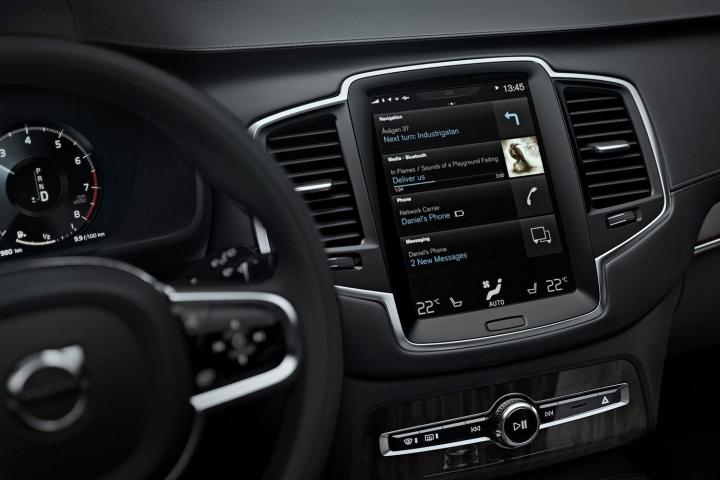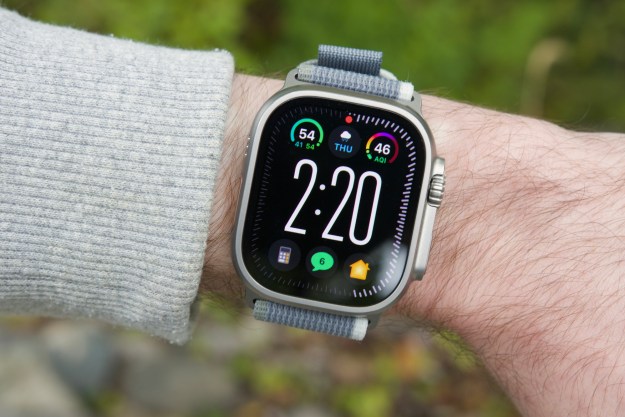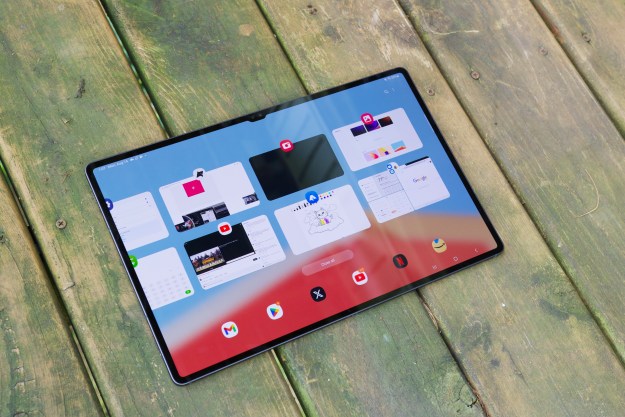
Beneath the obvious similarities lie a host of differences. In-car systems require radically different hardware and software, as well as facing a host of legal and development issues that regular consumer technologies do not. This week in Road Rave, we want to take a look at some of those challenges and which ones may be overcome in the future.
Hardware
We normally don’t consider it, because driving is such a normal part of our routine, but cars are a unique and challenging environment for electronics. Take for example the expected lifespan of a car versus that of a mobile device.
A normal smartphone is designed to last only a few years and, thanks to frequent upgrades, often get replaced even more often. Meanwhile, most components in a car are expected to last the entire life of the vehicle, which should be at least ten years, according to most major automakers.
Microchips and components in Audi vehicles must be able to operate effectively in a temperature range of -20 to 140 degrees Fahrenheit.
During that time, any electronic component in a car is required to stand up to startlingly broad array of environmental conditions. I was told by an Audi engineer recently that the microchips and components in Audi vehicles must be able to operate effectively in a temperature range of -20 to 140 degrees Fahrenheit. They must also stand up to constant vibrations and shocks.
What this translates to is entirely different hardware demands from that of the iPhone in your pocket. For example, Audi had to commission a special processor from NVidia for the “virtual cockpit” system, because not one off-the-shelf processors would meet its demands.
Adding to the complication is the necessity for interoperability. Developing hardware is expensive (we will get into more of that in a moment), so any system has to be usable across a range of vehicles, for a period of years. This means that the hardware has to be designed specifically to work with the company’s wiring architecture and other infrastructure. This tends to limit development, as well as specialization — a problem that is made worse by the difficulty and complexity of the automotive development cycle.
So, yes, your infotainment might be slow to react to inputs. But is it quicker than the smartphone you had five years ago? More than likely, yes.
Development
Cars are the single most complicated and technologically advanced consumer good in history. For example, the development of the all-new Volvo XC90 may have cost as much as $2.5 billion. As such, it is not surprising that their development is protracted and insanely complex. Depending on how much old technology is used, developing a new car can take five or more years — and some components take longer. For example, seat design may start as much as seven years before a car goes into production.
Infotainment systems and their associated electronics have to be designed in parallel with all of the related components. As such infotainment system hardware is in place years in advance of release of the vehicle. This means that, even if an automaker boasts that its cars run an Android Auto operating system, or Apple CarPlay, the system is running on hardware that is at least several years old.
By contrast, when Apple or Samsung are designing a new phone, they have far fewer components to work with, meaning that they have far more freedom to update and change things before the release date.
Then there is the question of cost. Automakers may be very large, for instance the General Motors has total assets worth some $166 billion, but electronics companies are no minnows. Apple is worth a staggering $231 billion. Even if a company like GM were larger than Apple, it would be devoting a substantially smaller amount of its resources to in car technology than Apple does on its mobile devices.
A company like GM is splitting assets not just between its four U.S. brands but also dozens of overseas markets. Each of these brands and markets may require their own research and development, reducing development funds even further for infotainment.
The economics are also not favorable to investing heavily in hardware. Automakers tend to run a very low profit margin, around three percent, and in mass-market segments face extremely tough competition on pricing. That means that, unless a feature really matters to buyers, it is going to get short shrift on price.
As a result of this market structure, even industry giants have surprisingly little to spend on this increasingly important area of car technology, even while tech companies are devoting ever increasing amounts of money to R&D.
Liability and regulation
Driving is the most dangerous activity that normal people engage in on a regular basis. As a result, the industry is heavily regulated and fraught with the potential for legal liability.
The development of infotainment has occurred against the backdrop of concerns over driver distraction and the creation of laws that specifically regulate the use of phones and other consumer electronics from behind the wheel. While infotainment systems are not themselves heavily regulated, they do present a possibility of legal liability.
Cars are the single most complicated and technologically advanced consumer good in history.
Automakers understand that any accident that occurs while the driver is using their infotainment system could generate liability, either from the driver themselves or from passengers or even the operator of other vehicles. That’s why so many systems display legal disclaimers.
Even with a disclaimer in place, the matter isn’t settled. If a litigant can prove that a feature was inherently unsafe or distracting, the automaker can still be liable. This is why certain features are disabled when the vehicle is moving and others, like texting, are simply not available.
Given limited resources, and the general fear of liability, automakers are understandably cautious when it comes to pioneering new features for infotainment. This contrasts with the much less regulated field of smartphones and other mobile devices where new, engaging features are the backbone of success.
What the future holds
The development of Apple CarPlay and Android Auto are suggestive of where both automakers and tech companies see the future of the field heading. Tech companies clearly see an opportunity to extend their domination into the automotive field, and automakers see that there is an opportunity to shift the cost of development of infotainment to other parties.
However, a world in which the screen in customers’ cars is identical to the one in their pocket might have to wait a while. Hardware requirements will continue to dictate the capabilities of systems, regardless of software. Also, while automakers would be thrilled to reduce development costs, they are also loath to give up on anything for which they can charge or use to build their brand.
There are some positive signs on that front; Volvo’s new Sensus system is one of the first to offer hardware that is competitive with mobile devices. However, only time will tell whether this or other systems will hold up, in terms of use and stability.
What is likely to slim the tech gap between in-car infotainment and smart mobile devices is the development of autonomous cars and car sharing. People who aren’t driving, because their car is doing it for them, will likely have an overwhelming desire to find silly pictures of cats and argue with people in YouTube comments.
Until drivers relinquish driving duties to their car, improvement is in infotainment is likely to be incremental and lag well behind the devices we all carry in our pockets.
Editors' Recommendations
- This $3 USB adapter fixed all of my Apple CarPlay connection problems
- Amazon Music now has a car mode, but don’t use it while driving





